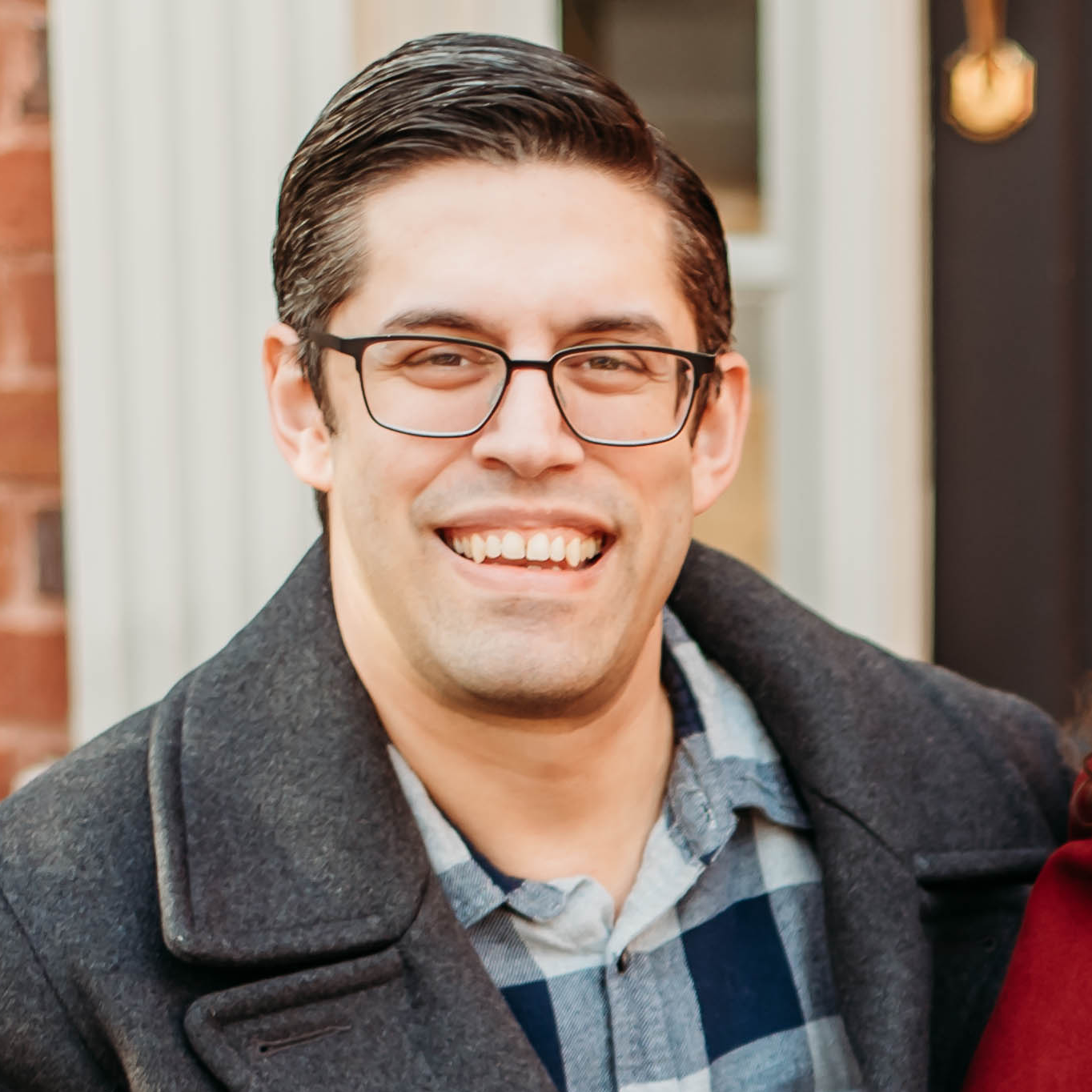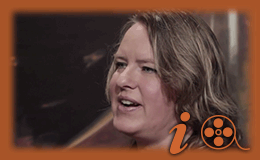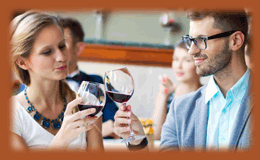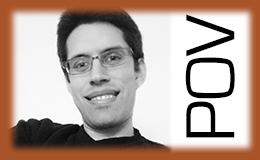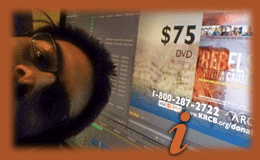Artists Ken Berman, Peggy Sebera, and Willow LeLand-Yeilding provided beautiful backdrops that dramatically increased the production value of KRCB’s fundraising auction events, broadcast live to the San Francisco-Oakland-San Jose market every April, June, and October and produced by Waxman.TV’s David S Waxman.
Millennials, Wines, and Waxman.TV
Why is Waxman.TV so interested in working with the wine industry? In this 2-part essay, we explain why Millennials are so important to the wine industry. Part two will explore the ways we can help the wine industry to engage this population, along with the rest of the wine-consuming public.
I Want To Tell Your Story
Stories are what make us human. History, science, literature, even math are all made possible because we can form abstract thoughts in our minds and then transmit them to others. We don’t just give our children life. We give them our collective memories. That alone is what separates us from animals.
Rebels With A Cause | Pledge Event
When filmmakers Nancy Kelly and Kenji Yamamoto brought their award-winning film, “Rebels With A Cause,” to KRCB-TV, we led the production team to produce a fundraising special (pledge event) to coincide with the world broadcast premiere.
